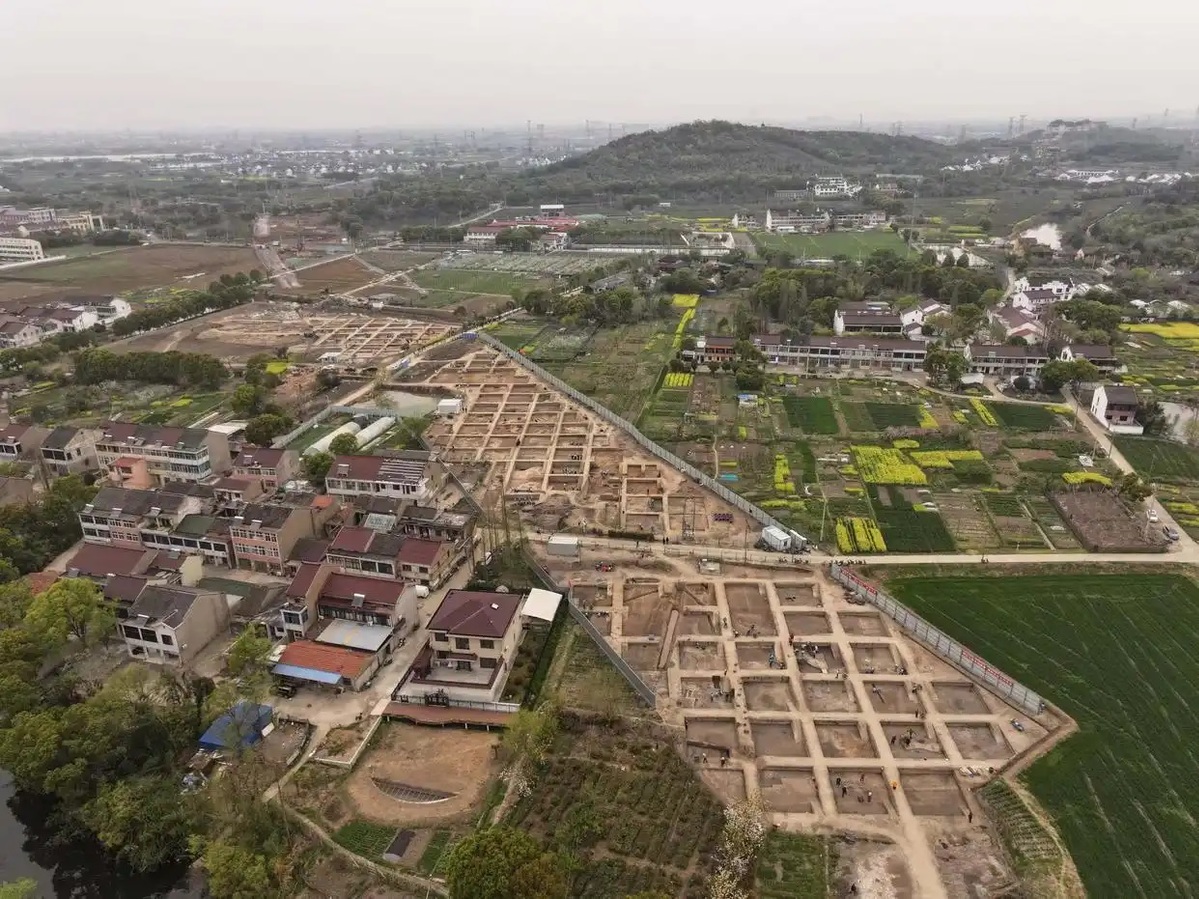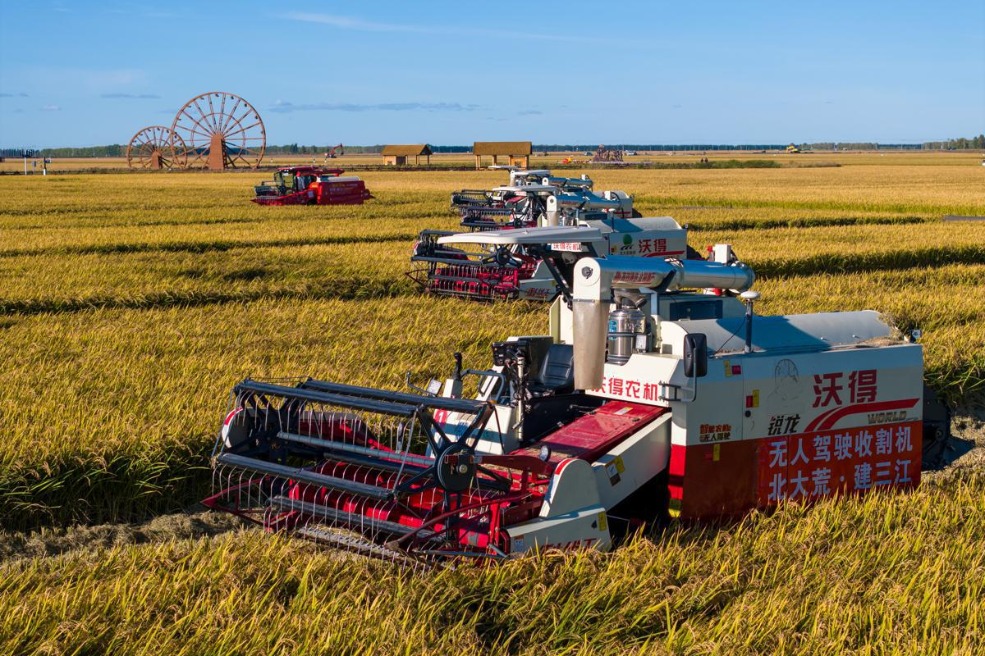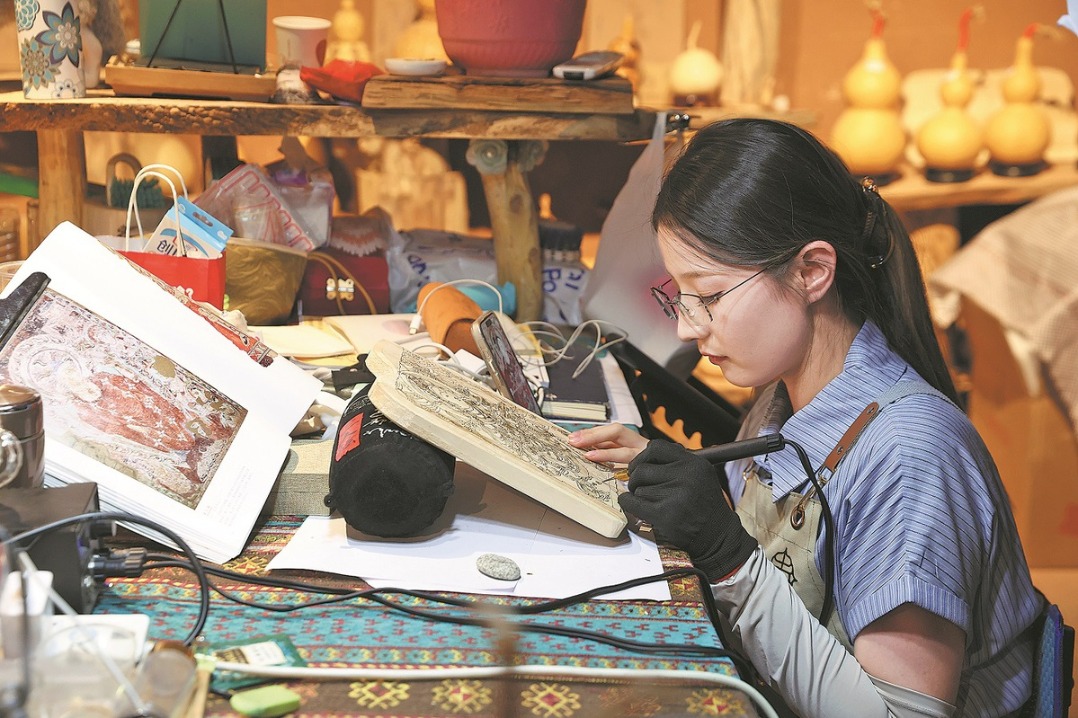China discover earliest prehistoric city site in lower Yangtze River


NANJING -- Archaeologists have found China's hitherto earliest prehistoric city site in the lower reaches of the Yangtze River in eastern Jiangsu province, dating back some 6,000 years, according to the provincial institute of cultural relics and archaeology.
Situated on the west side of Doushan village in Xibei township, Wuxi city, the site covers an area of about 250,000 square meters and mainly contains relics from the Majiabang Culture of the Neolithic Age and the later Songze Culture. To date, an area of about 16,000 square meters has been excavated.
The pottery unearthed from the site's moat is predominantly red sandy pottery, with shapes mainly including cooking vessels, tripods and bowls, which are typical features of the Majiabang culture.
"Our analysis suggests that the Doushan city site may have had two layers of fortifications," said Zhou Runken, head of the archaeological team and deputy director of the provincial institute of cultural relics and archaeology. Charcoal and plant seeds unearthed from the moat were dated to around 6,000 years ago using radiocarbon analysis.
More than 140 Songze culture tombs were also discovered, containing burial items including jade axes, stone axes, pottery tripods, pottery cups and large-mouth pottery jars. Some high-ranking tombs contained over 20 burial items, indicating the high status of their owners, according to the researchers.
The Majiabang culture city site at Doushan is also one of the earliest prehistoric city sites in China. It holds significant academic value for research into the origins of Chinese civilization, according to experts.







































